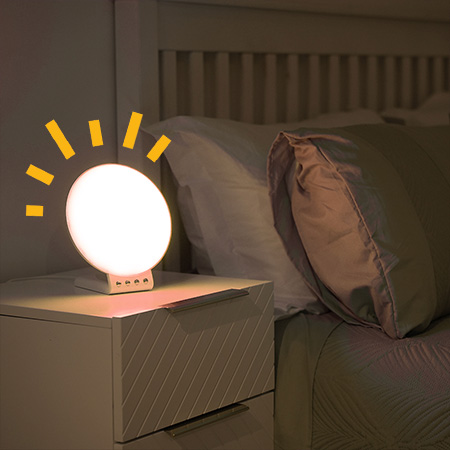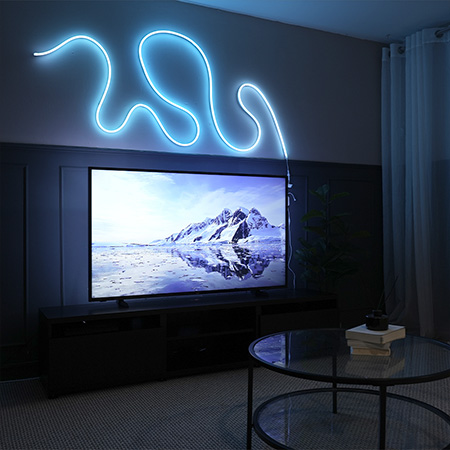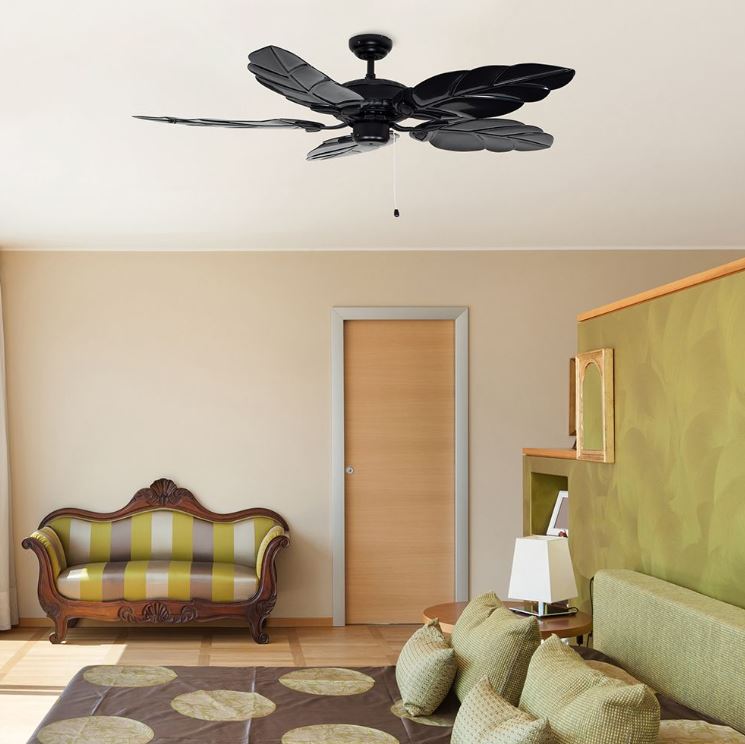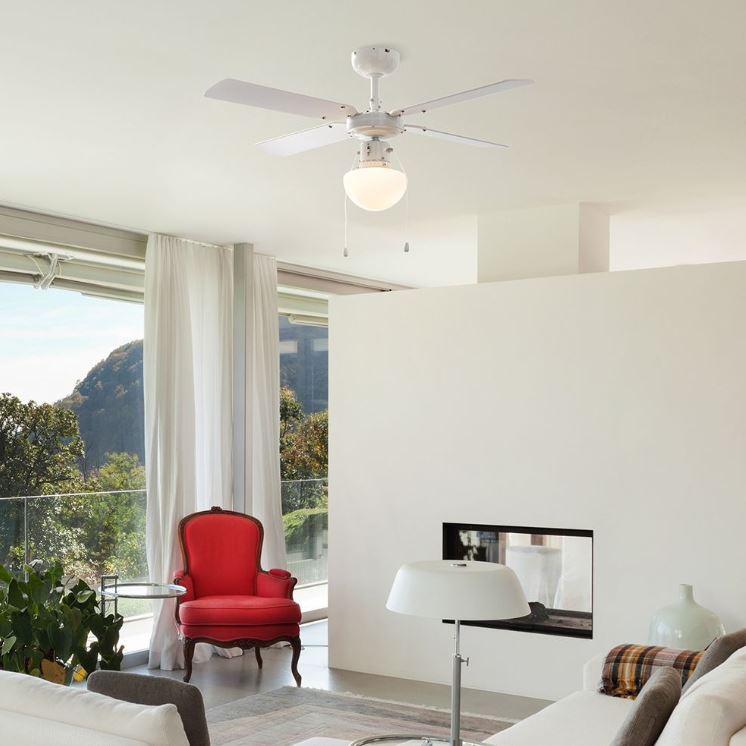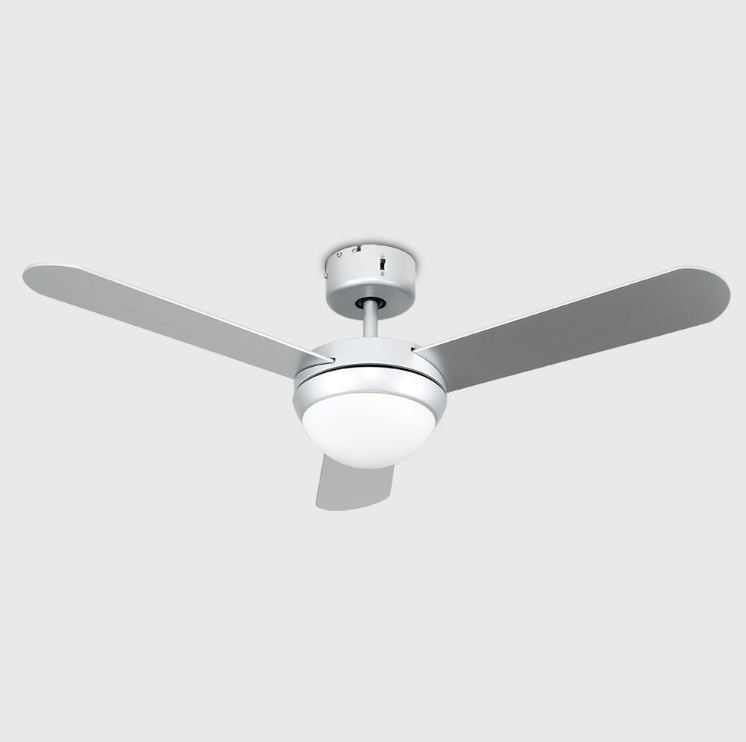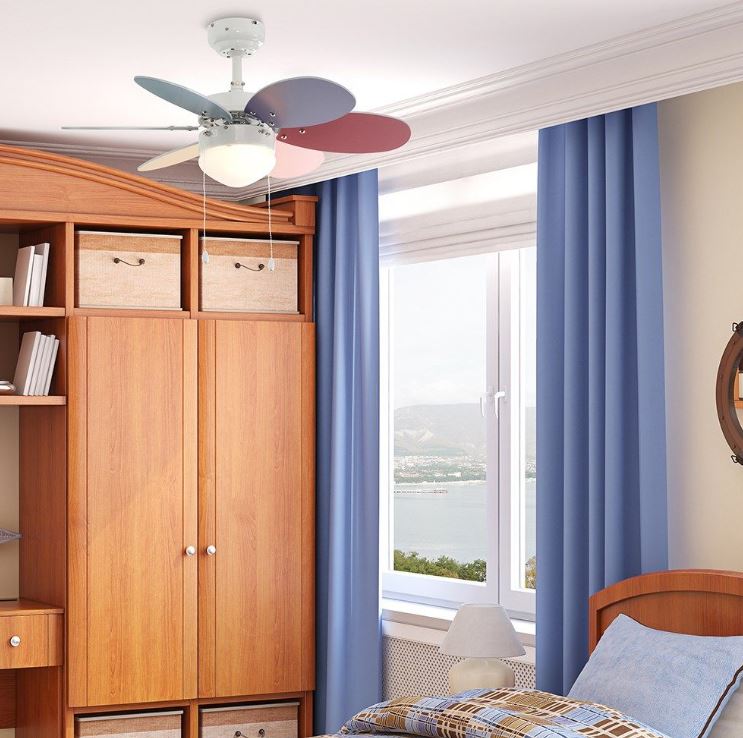We use our own and 3rd party cookies on this site for analytics and advertising. Carry on browsing if you are happy with this, or find out how to manage your cookies.
Ceiling Fan size guide, Blades and Airflow
Ceiling fans come in various sizes from 29 inches or less, up to much larger fans of 52 inches. Then of course you have the type of style, blade type, and product material which can be divided into modern or traditional, metal or wood. So how do you choose the right ceiling fan? A lot depends on the size of the room, and which room you want the fan in.
The size of the fan determines the airflow it can achieve in addition to its wattage that provides the power to the turn the blades. In a nutshell, the larger the fan the more powerful it is. However, you will not need a 52-inch fan for a small bathroom or a hallway because that will be too powerful. Everyone will be blasted with airflow! A smaller fan will be suitable.
As a rough guide below, Value Lights have mapped out the various sizes you will come across when researching for a ceiling fan.
1. Which fan do I pick for my room?
The size of a room dictates the size of the ceiling fan. If it is too big or small, the blades might fail to circulate enough air for your requirements.
Once you know how large your room is, you can select approximately which ceiling fan size is suitable for you and your room. Remember this is only a guide, some customers PREFER a smaller fan in a larger room simply because of style, personal taste, or need. The other reason of course is that in larger rooms some customers prefer the option of having two smaller fans.
|
Suggested Fan Diameter (Size) |
Suggested Room Size |
Room Type |
Example |
|
76 cm or less (30 inch) |
less than 10m (32 sq. ft.) |
Hallway, Utility Room, Garage, Small Kitchen |
Spitfire |
|
91 cm (36 inch) |
up to 12m (39 sq. ft.) |
Breakfast Bar, Large Bathroom |
|
|
106 cm (42 inch) |
up to 15m (49 sq. ft.) |
Bedroom, Office, Kitchen |
Magnum |
|
122 cm (48 inch) |
up to 23m (75 sq. ft) |
Master Bedroom, Dining Room, Patio, Orangery |
|
|
142 cm (56 inch) |
Over 23m (75 sq. ft) |
Large Room, Hall |
More than 1 fan recommended |
|
Suggested Fan |
Suggested |
Room |
Product |
|
76 cm or less (30 inch) |
less than 10m (32 sq. ft.) |
Hallway, Utility Room, Garage, Small Kitchen |
Spitfire |
|
91 cm (36 inch) |
up to 12m (39 sq. ft.) |
Breakfast Bar, Large Bathroom |
|
|
106 cm (42 inch) |
up to 15m (49 sq. ft.) |
Bedroom, Office, Kitchen |
Magnum |
|
122 cm (48 inch) |
up to 23m (75 sq. ft) |
Master Bedroom, Dining Room, Patio, Orangery |
|
|
142 cm (56 inch) |
Over 23m (75 sq. ft) |
Large Room, Hall |
More than 1 fan recommended |
|
Suggested Fan |
Suggested |
Room |
Product |
|
76 cm or less (30 inch) |
less than 10m (32 sq. ft.) |
Hallway, Utility Room, Garage, Small Kitchen |
Spitfire |
|
91 cm (36 inch) |
up to 12m (39 sq. ft.) |
Breakfast Bar, Large Bathroom |
|
|
106 cm (42 inch) |
up to 15m (49 sq. ft.) |
Bedroom, Office, Kitchen |
Magnum |
|
122 cm (48 inch) |
up to 23m (75 sq. ft) |
Master Bedroom, Dining Room, Patio, Orangery |
|
|
142 cm (56 inch) |
Over 23m (75 sq. ft) |
Large Room, Hall |
More than 1 fan recommended |
2. Is the hang of the fan important?
Needless to say, the fan should be at least 7 feet off the floor (more than 2 metres) because you don’t want anyone to bang their head! This really depends on how low your ceiling is too. If the fan is 8 or 9 feet off the floor that enables more airflow as well.
a. For a low ceiling look at more flush ceiling fan such as:
www.valuelights.co.uk/spitfire-30-ceiling-fan-in-brushed-chrome-with-reversible-blades
www.valuelights.co.uk/candy-multi-coloured-30-ceiling-fan-with-opal-glass-shade
b. For a larger ceiling you get have more drop:
www.valuelights.co.uk/scimitar-4-way-42-ceiling-fan-in-brushed-chrome-and-black
www.valuelights.co.uk/mirage-42-ceiling-fan-in-silver-with-reversible-blades-and-opal-glass-shade
3. Can I install a ceiling fan if I have a sloped ceiling?
Yes, but you will need to consult with a qualified electrician. Most fan canopies (the part that attaches to the ceiling and covers the junction box) can accommodate some degree of slope, not more than 30 degrees. For a steeper slope you would need to discuss your options with an electrician because some products simply are not made for sloping angles. However, in some cases the drop can be increased and an angle mount can be applied.
4. How does a ceiling fan work?
A ceiling fan works by rotating the air with pitched blades. The blades create air flow. There are several different factors that add to this airflow such as size of your fan, and the size of the room. Bear in mind that while ceiling fans contribute to airflow, they are not air-conditioning machines!
5. How do I control the fan?
There are three main ways to operate a fan: a wall control, a pull chain, or a handheld remote. In some instances, you can have both a remote control and pull chain. The remote method is probably the most convenient – just don’t lose the remote! Or you will have to buy a new one. Probably the most common these days is the pull chain method, rather than a wall switch.



